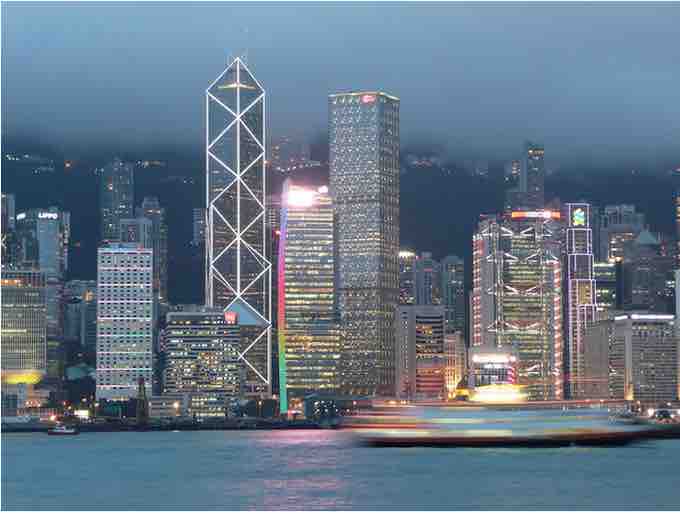A savings and loan association (or S&L), also known as a thrift, is a financial institution that specializes in accepting savings deposits and making mortgage and other loans. The terms "S&L" or "thrift" are mainly used in the United States; similar institutions in the United Kingdom, Ireland, and some Commonwealth countries include building societies and trustee savings banks. They are often mutually held (often called mutual savings banks), meaning that the depositors and borrowers are members with voting rights, and have the ability to direct the financial and managerial goals of the organization like the members of a credit union or the policyholders of a mutual insurance company. While it is possible for an S&L to be a joint stock company, and even publicly traded, in such instances it is no longer truly a mutual association, and depositors and borrowers no longer have membership rights and managerial control. By law, thrifts must have at least 65% of their lending in mortgages and other consumer loans, making them particularly vulnerable to housing downturns, such as the deep one the United States has experienced since 2007.
Savings and loan associations and cooperative banks were established during the 1800s to help factory workers and other wage earners become homeowners. S&Ls accepted savings deposits and used the money to make loans to home buyers. Most of the loans went to people who did not make enough money to be welcomed at traditional banks.
The savings and loan association became a strong force in the early twentieth century through assisting people with home ownership, through mortgage lending, and further assisting their members with basic saving and investing outlets, typically through passbook savings accounts and term certificates of deposit.

Banking district in China
All three note-issuing banks are in this shot: Bank of China, HSBC (Hongkong and Shanghai Banking Corporation), and Standard Chartered Bank.